38 the diagram below represents a spontaneous reaction (δg
The diagram below represents a spontaneous reaction (ΔG°<0). Fill in tthe blanks below. Learn this topic by watching Gibbs Free Energy Concept Videos. All Chemistry Practice Problems Gibbs Free Energy Practice Problems. Q. The reaction SO2 (g) + 2H2S (g) ⇌ 3S (s) + 2H2O (g) is the basis of a suggested method for removal of SO2 from power ...
For the reaction below ΔG° = + 33.0 kJ, ΔH° = + 92.2 kJ, and ΔS° = + 198.7 J/K. Estimate ... The figure below represents the spontaneous reaction of H2 (shaded spheres) with O2 (unshaded spheres) to produce gaseous H2O. ... According to the diagram above, ΔG° is positive and the equilibrium composition is rich in reactants.
C)It is non-spontaneous and produces an electric current. D)It is non-spontaneous and requires an electric current. (1)Which statement describes the redox reaction that occurs when an object is electroplated? Base your answers to questions 2 and 3 on the diagram below which represents the electroplating of a metal fork with Ag(s). A)Ag+ + e ...

The diagram below represents a spontaneous reaction (δg
Energy reaction progress which curve represents the catalyzed reaction. Energy diagrams depict the reaction progress versus energy. First as noted the y axis is labeled enthalpy and the x axis is labeled reaction progress then we have the actual energy diagram plot. Identify the key features of the reaction profile below.
The diagram below represents a spontaneous reaction (deltaG degree < 0). Drag the labels to the correct bins. uncatalyzed rx'n Delta G degree standard free E of activation products reactants catalyzed rx?n. Question: The diagram below represents a spontaneous reaction (deltaG degree < 0).
B) The reaction is spontaneous below 798 K. Solution: Spontaneity is determined by the free energy. When ΔGΔG is negative, it is spontaneous. Plug in the given values. This reaction is spontaneous at temperatures less than 798K.
The diagram below represents a spontaneous reaction (δg.
It is not because the ?H of the reaction is negative. C. It depends on the temperature because the ?H of the reaction . Chemistry. Identify the correct statement for the following reaction: Br2 (l) → Br2 (g) ΔH° = 30.9 kJ ΔS° = 93.2 J/K A) The reaction is always spontaneous. B) The reaction is never spontaneous. C) The reaction is at ...
ΔG = ΔH - TΔS. Remember that for a reaction to be feasible, ΔG has to be negative. ΔH could be negative (an exothermic reaction) or positive (an endothermic reaction). Similarly ΔS could be either positive or negative. There are four possible combinations of the signs of ΔH and ΔS. I want to look at those in turn.
Question: Label the components of an energy diagram for a spontaneous reaction. Answer Bank reactants activation energy products uncatalyzed reaction catalyzed reaction Reaction progress- This problem has been solved! See the answer See the answer See the answer done loading.
Entropy is a mathematically defined property in thermodynamics. It can often help to understand it as a measure of the possible arrangements of the atoms, ions, or molecules in a substance. The symbol for entropy is S, and a change in entropy is shown as "delta" S or ΔS. If the entropy of a system increases, ΔS is positive.
13.04.2021 · which represents the transport of cupric ion from a region of higher concentration to one of lower concentration. The driving force for this process is the free energy change ΔG associated with the concentration gradient (C 2 – C 1), sometimes known as the free energy of dilution: \[ΔG_{dilution} = RT \ln(C_2 – C_1)\]
14 Dec 2020 — The diagram below represents a spontaneous reaction. Drag the labels to the correct bins. Is the reaction endo the rmic or exo the rmic? The reaction will only be allowed if the total entropy change of the universe is zero or positive. This is reflected in a negative ΔG, and the reaction is called an exergonic process.
Temperature Dependence to ΔG. In a spontaneous change, Gibbs energy always decreases and never increases. This of course reflects the fact that the entropy of the world behaves in the exact opposite way (owing to the negative sign in the TΔS term). \[H_2O_{(l)} \rightarrow H_2O_{(s)} \label{23.5.6}\] water below its freezing point undergoes a decrease in its entropy, …
Problem: The diagram represents a spontaneous reaction. Use the diagram to answer the questions below. Is the reaction endothermic or exothermic? What is the activation energy of the reaction? FREE Expert Solution. Recall that an energy diagram is usually read from left to right.
These points are illustrated in the graph below of ΔG vs time for the hypothetical reaction A + B <==> P + Q. ... Figure 1.18 The Change in the Gibbs free energy (ΔG) is the Driving Force of the Reaction. In this diagram, equilibrium (where ΔG = 0) is represented by the black line of the horizontal axis. Using Le Chatlier’s Principle, it is possible to predict the behavior of a reaction ...
18. Determine the minimum temperature for a reaction with ΔH = 271 kJ and ΔS = 195 J/K to be spontaneous. When ΔG = 0 the reaction is at equilibrium, so solve for T under these conditions. ΔG = ΔH - TΔS = 0 T = ΔH/ΔS = 271 kJ / (0.195 kJ/K) = 1389.74 K 19. Consider the reaction: CO(g) + Cl2(g) → COCl2(g) Calculate ΔGrxn at 25 °C
The reaction is associated with a decrease in the number of particles in the same phase (3 mol→2 mol), so overall, a decrease in entropy: ΔS ⦵ for the reaction is negative. Hence, applying ΔG ⦵ = ΔH ⦵ ⦵, ΔG ⦵ will be negative (ΔG ⦵ <0), and the reaction spontaneous, if ΔH ⦵ >TΔS ⦵.
chem1101 2014 j 12 june 2014 the diagram below represents this reaction involves an increase in the number of moles of gas so Δs will be positive as Δh = Δg tΔs this means that Δh Δg for the other reactions there is a decrease in the number of moles of has so Δs is negative Δh = Δg tΔs this means that Δh Δg
A spontaneous reaction may involve an increase or decrease in enthalpy, it may involve an increase or decrease in entropy, but it will always involve a decrease in free energy that is a negative ΔG.
Gibbs free energy worksheet with answers
Diagram 2, because it represents a reaction with a high activation energy barrier for molecules to overcome and a very slow reaction rate, even if it is thermodynamically favorable with ΔG < 0 Diagram 2, because it represents a reaction that is thermodynamically favorable with ΔH < 0 the products formed are unstable and quickly revert to form ...
The reaction SO2(g)+2H2S(g)⇌3S(s)+2H2O(g)SO2(g)+2H2S(g)⇌3S(s)+2H2O(g) is the basis of a suggested method for removal of SO2SO2 from power-plant stack gases. The values below may be helpful when answering questions about the process. Calculate the equilibrium constant KpKpK_p for the reaction at a temperature of 298 KK.
ΔG > 0; the reaction is non-spontaneous and endergonic. ΔG < 0; the reaction is spontaneous and exergonic. ΔG = 0; reaction is at equilibrium. Note: According to the second law of thermodynamics entropy of the universe always increases for a spontaneous process. ΔG determines the direction and extent of chemical change.
Lecture notes in General and Inorganic Chemistry provides an introduction to the chemistry of inorganic molecules. The emphasis is on basic principles of atomic and molecular structure, thermodynamics, chemical kinetics and catalysis, properties of
A large - ΔG° tells us the reaction makes a great deal of product at equilibrium. The change in free energy (ΔG) is the difference between the heat released during a process and the heat released for the same process occurring in a reversible manner. If a system is at equilibrium, ΔG = 0. If the process is spontaneous, ΔG < 0.
The reaction is associated with a decrease in the number of particles in the same phase (3 mol→2 mol), so overall, a decrease in entropy: ΔS ⦵ for the reaction is negative. Hence, applying ΔG ⦵ = ΔH ⦵ ⦵, ΔG ⦵ will be negative (ΔG ⦵ <0), and the reaction spontaneous, if ΔH ⦵ >TΔS ⦵.
The diagram below represents the structure of the plasma membrane. How would the exchange of molecules between an organism and its environment be affected if the membrane were less permeable? Molecules needed for growth would have more difficulty diffusing across the membrane. What is the best explanation of how the fluid mosaic model helps explain the …
Exergonic reactions are also called spontaneous reactions, because they can occur without the addition of energy. Reactions with a positive ∆ G (∆ G > 0), on the other hand, require an input of energy and are called endergonic reactions. In this case, the products, or final state, have more free energy than the reactants, or initial state.
ΔG represents the change in Gibbs free energy for a chemical system at constant temperature and pressure ΔG = ΔH -TΔS ... We can write an equation to represent this entropy change in the surroundings at constant temperature as shown below: ... For a spontaneous reaction, ΔG for the reaction is negative (ΔG < 0).
c) When ΔG for a reaction is zero, the system is at equilibrium. d) When ΔH for a reaction is negative, the reaction is never spontaneous. e) When ΔH for a reaction is very positive, the reaction is not expected to be spontaneous. 22. For the reaction given below, ΔH° = -1516 kJ at 25°C and ΔS° = - 432.8 J/K at 25°C.
The diagram below represents a spontaneous reaction δg institution. Chem1101 2014 j 12 june 2014 the diagram below represents this reaction involves an increase in the number of moles of gas so δs will be positive as δh δg tδs this means that δh δg for the o the r reaction s the re is a decrease in the number of moles of has so δs is ...
As the HER reaction occurs at the surface or interfaces of catalysts, ... The thermodynamic stability ensures spontaneous dispersion of SAs onto the support or ease of formation of SACs, while the kinetic stability assures no diffusion of SAs and hence no aggregation , , . Ji et al. demonstrated that the Cu SAs are more strongly adsorbed on the 1T-MoS 2 phase with the …
Recall the condition for spontaneous change: ΔG = ΔH – TΔS < 0. where ΔG = change in Gibbs free energy, ΔH = change in enthalpy, T = absolute temperature, and ΔS = change in entropy . It is apparent that the temperature dependence of ΔG depends almost entirely on the entropy change associated with the process. (it is appropriate to say “almost” because the values of ΔH …
Since enthalpy is negative and entropy is positive the reaction will be spontaneous (ΔG < 0) at all temperatures. Option A is the correct answer. Endergonic and Exergonic Reactions. Exergonic reactions have a release of energy that results in the formation of less-energetic products with greater stability. In addition the Gibbs Free Energy value will be negative, the process will be ...
5. Consider the reaction below and without reference to any data tables, draw the proper conclusion on which condition A-D best represents the reaction being spontaneous as written. CO 2 (g) + H 2O (g) --> HCOOH (l) ΔH = -150 kJ A. The reaction would be spontaneous at all temperatures. B.
The diagram below represents a spontaneous reaction δg institution. Chem1101 2014 j 12 june 2014 the diagram below represents this reaction involves an increase in the number of moles of gas so δs will be positive as δh δg tδs this means that δh δg for the other reactions there is a decrease in the number of moles of has so δs is ...
j. Based on your answers from c, g and h, determine if the following reaction is spontaneous. Explain. 2Ag(s) + Cu2+(aq) → Cu(s) + 2Ag+(aq) No, the reaction a written above is not spontaneous. Based on the spontaneous reaction written in part c, Cu(s) is more likely to give up electrons and Ag+(aq) is more likely to accept electrons.
Base your answers on the information and diagram below, which represent the changes in potential energy that occur during the given reaction. Given the reaction: A + B --> C. a) Does the diagram illustrate an exothermic or an endothermic reaction? State one reason, in terms of energy, to support your answer.
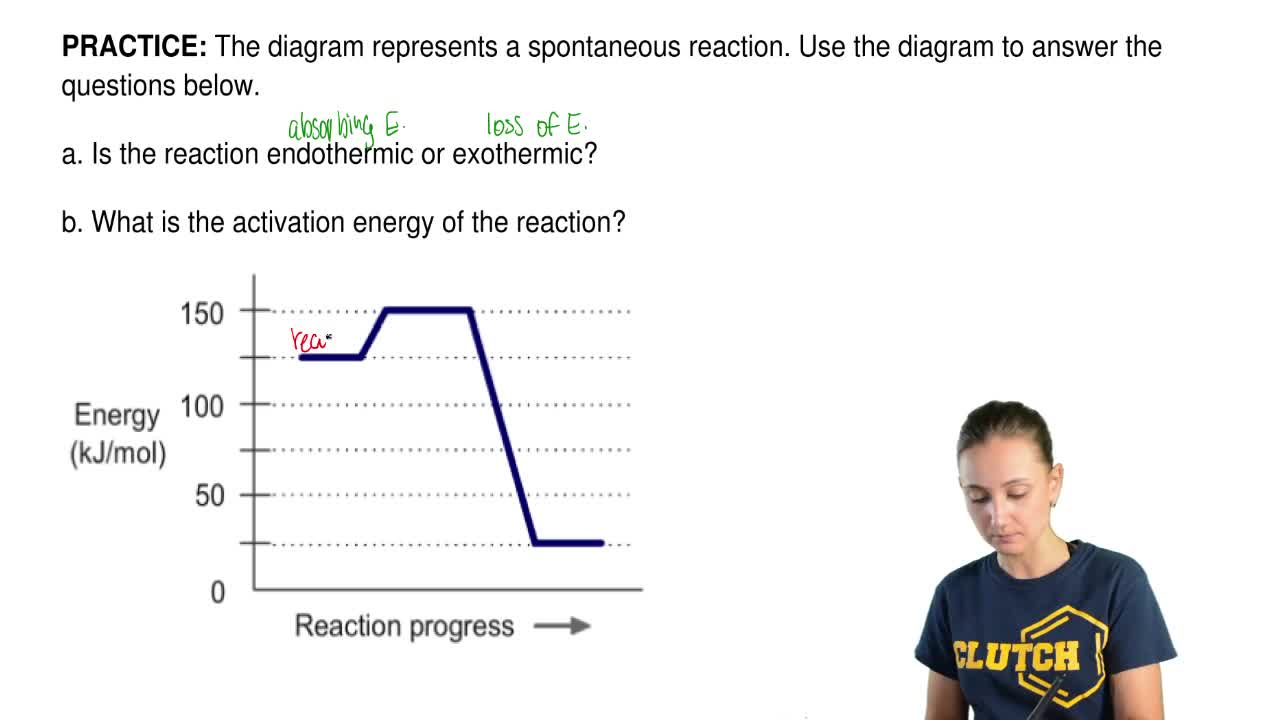
The diagram represents a spontaneous reaction. use the diagram to answer the questions below.a. is the reaction endothermic or exothermic?b. what is the activation energy of the reaction?


/endergonic-vs-exergonic-609258_final-2904b2c359574dfcb65a9fca2d54179a.png)



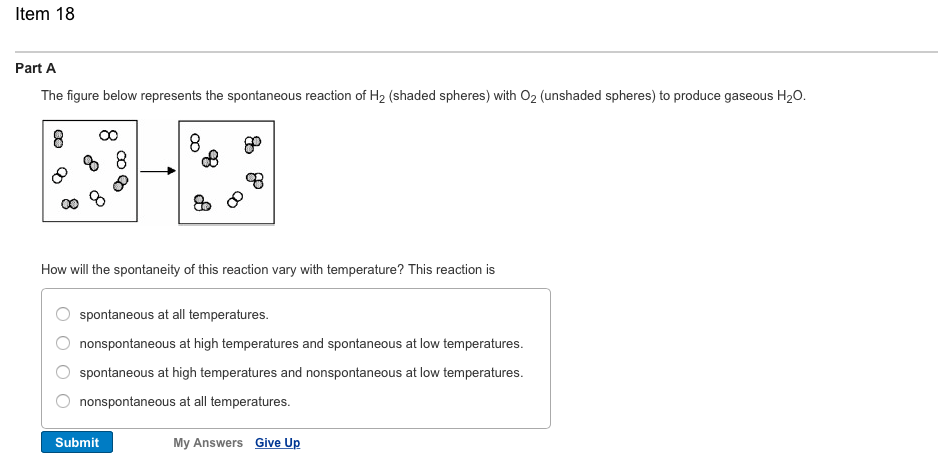


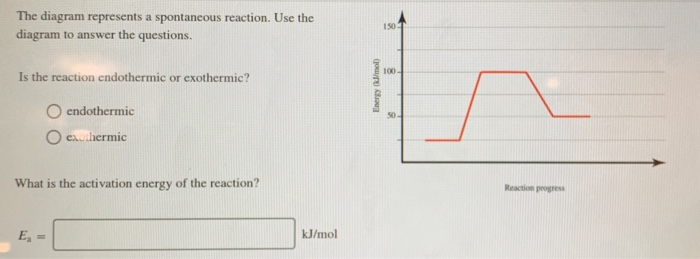
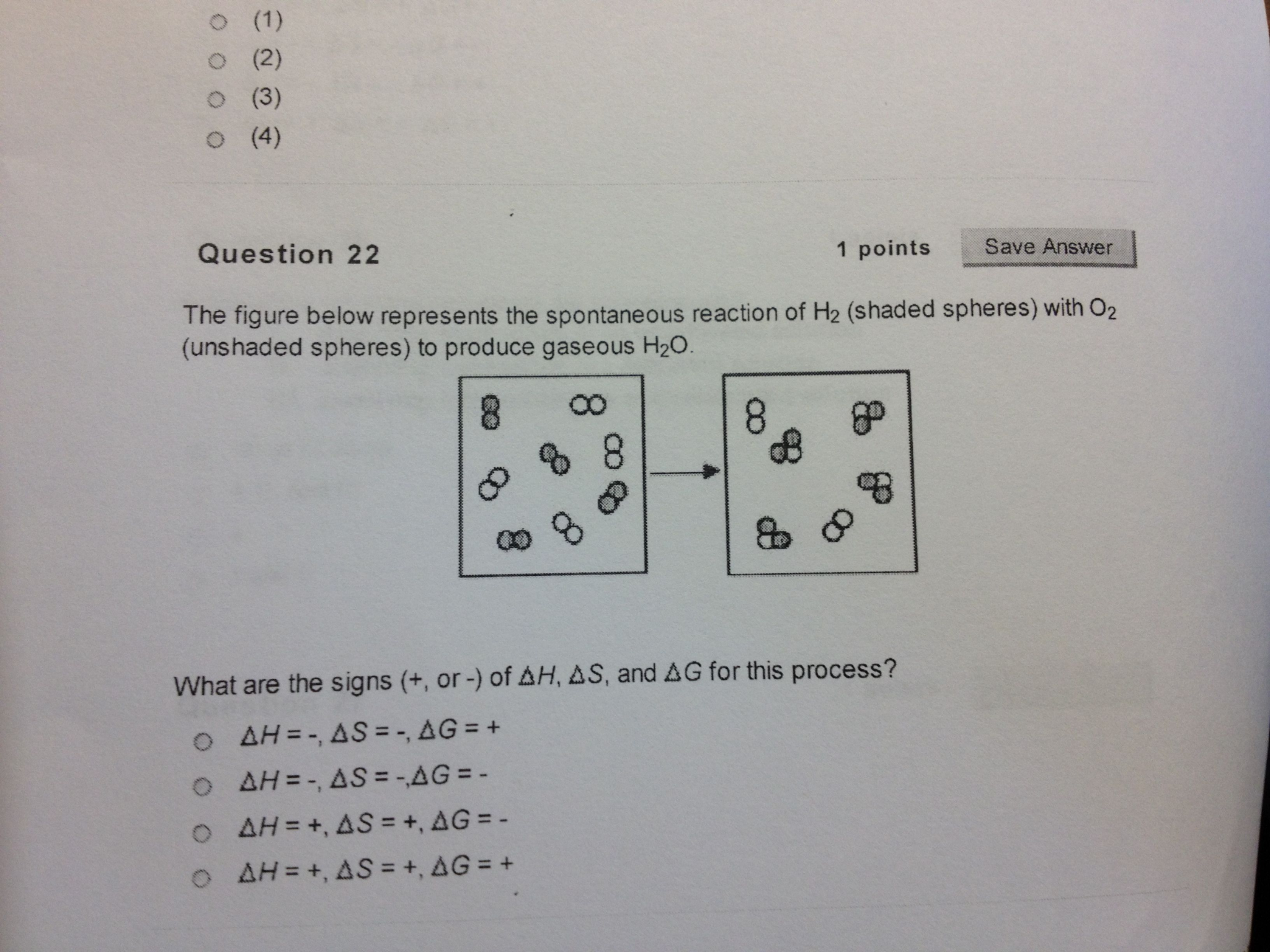



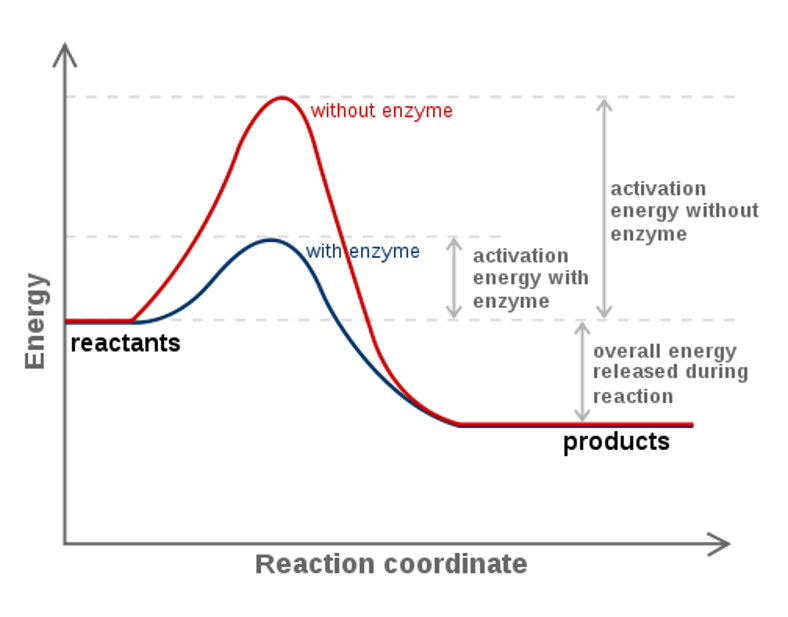
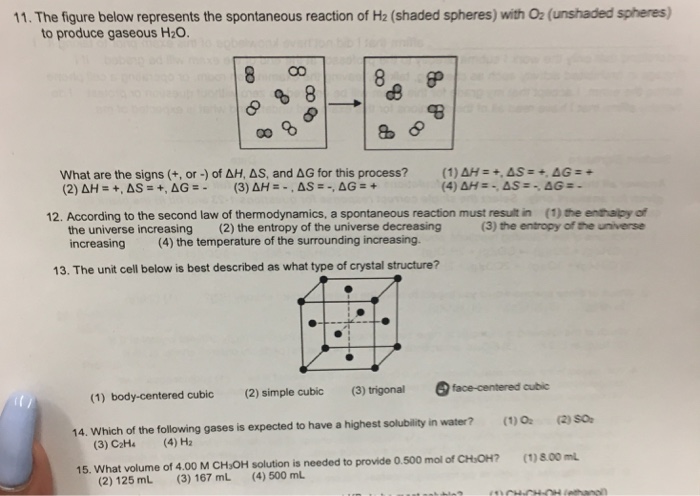



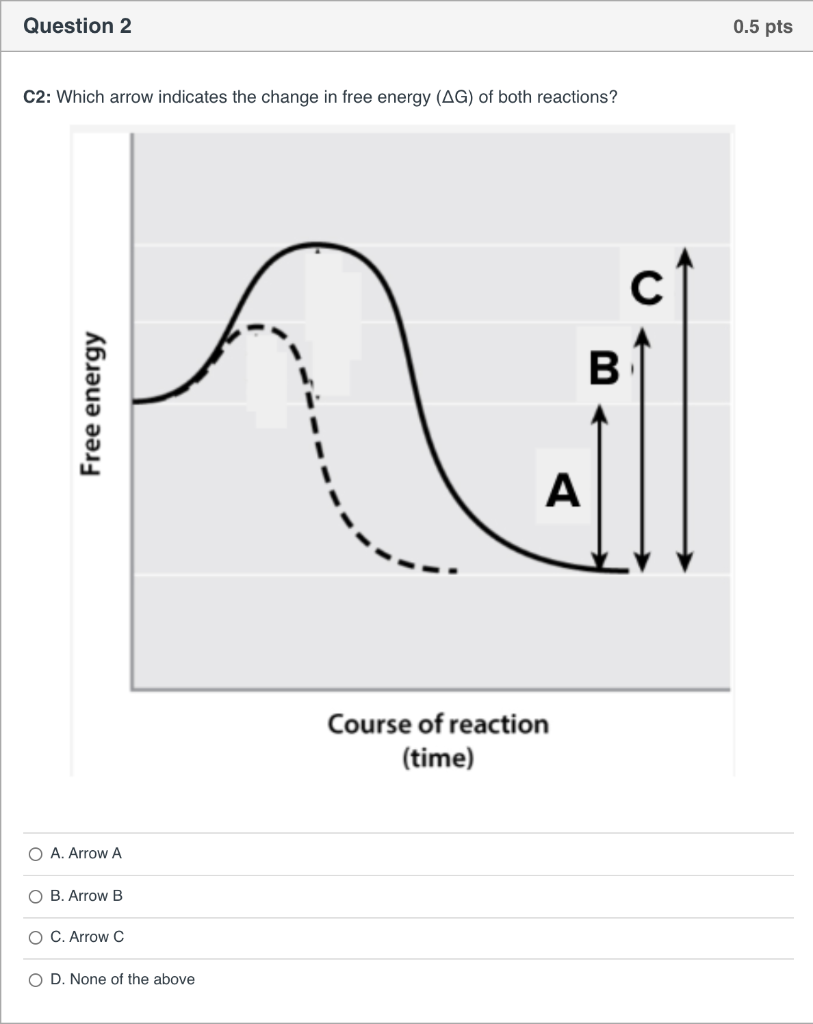
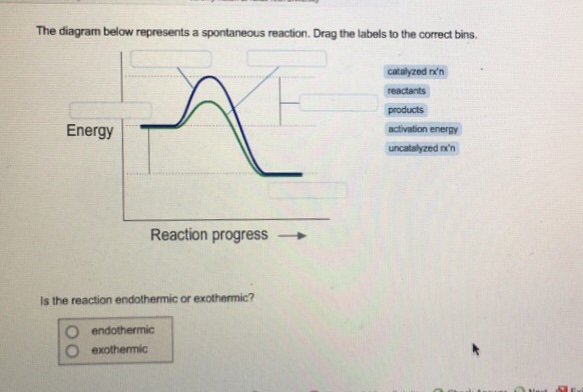


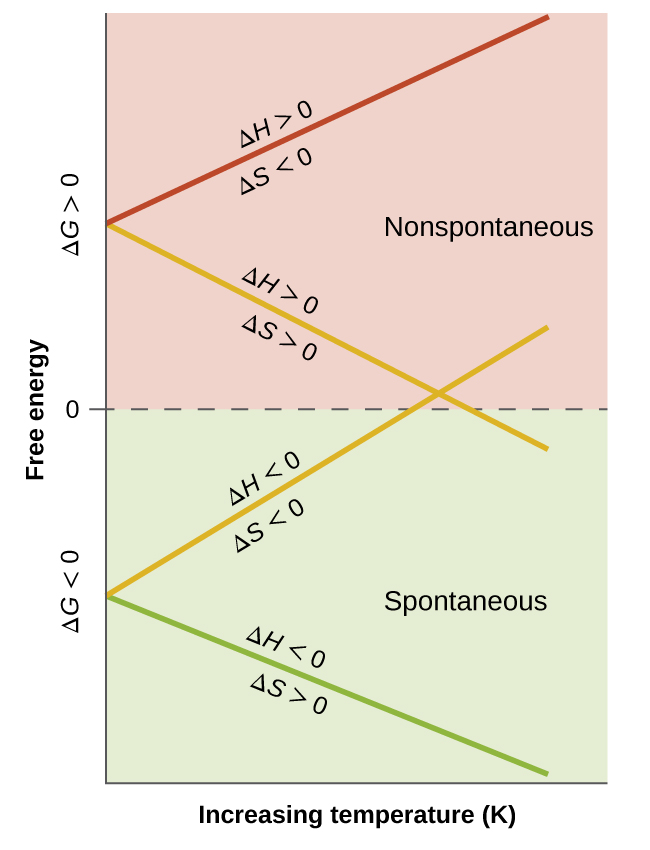
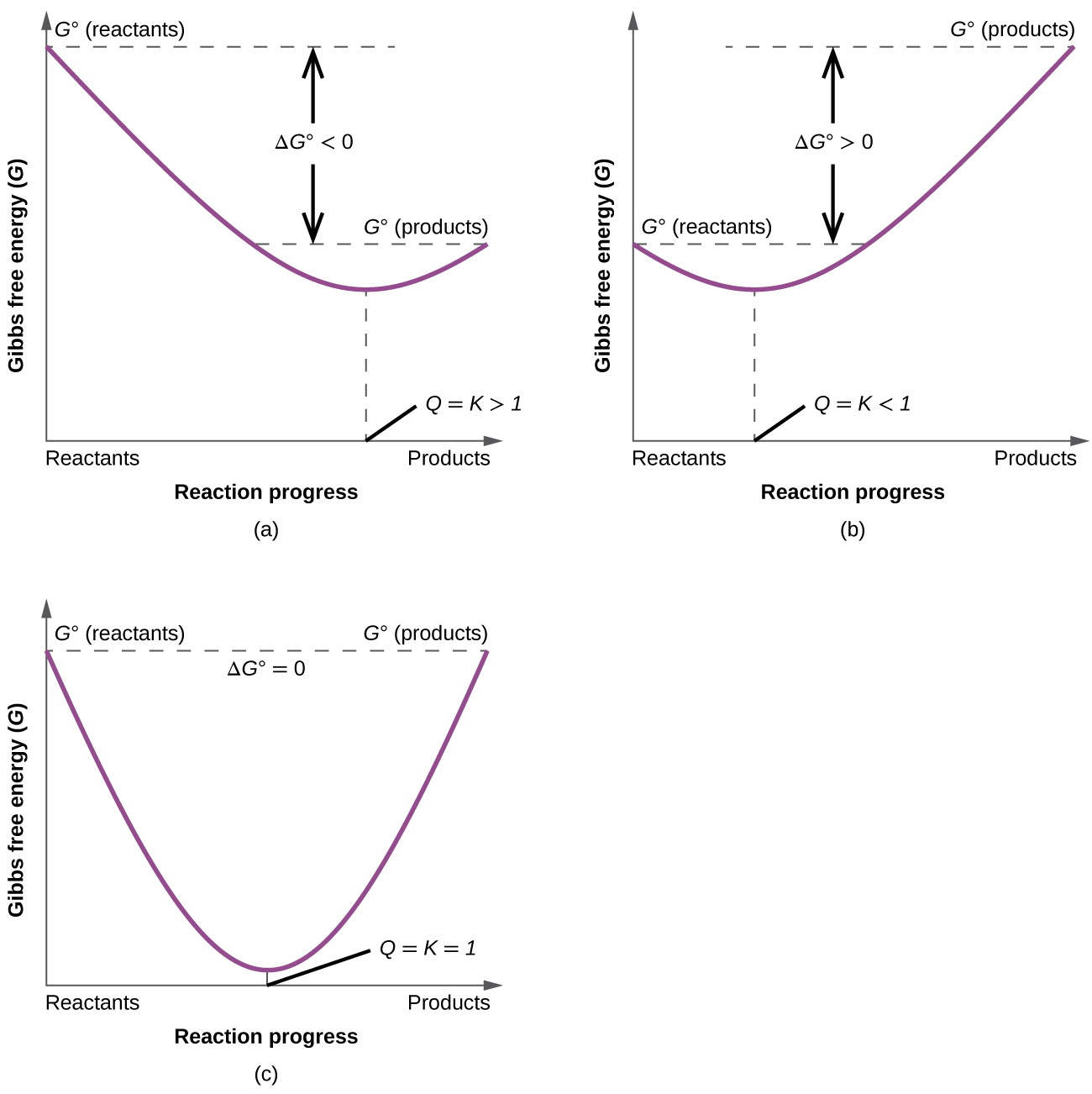
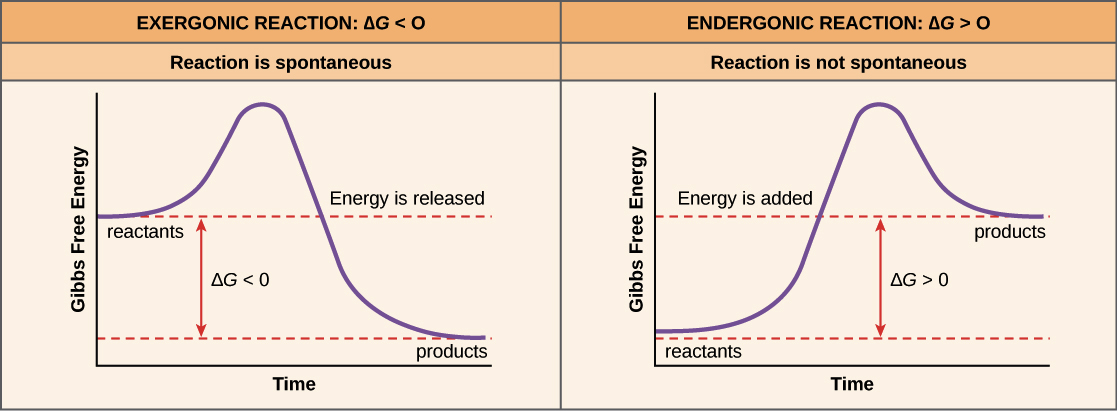
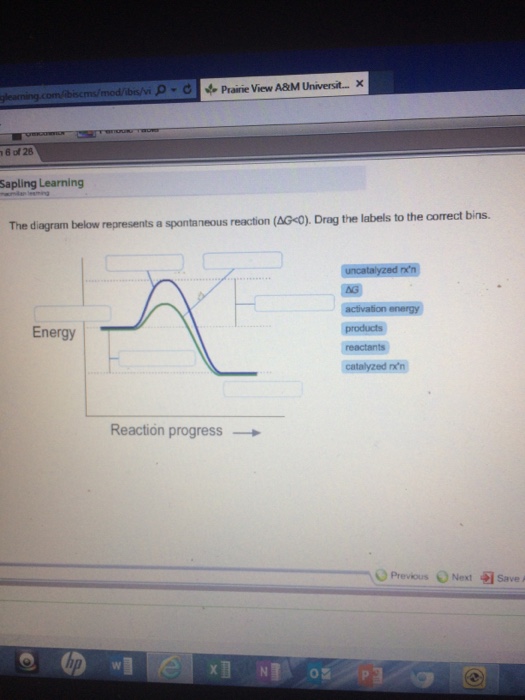

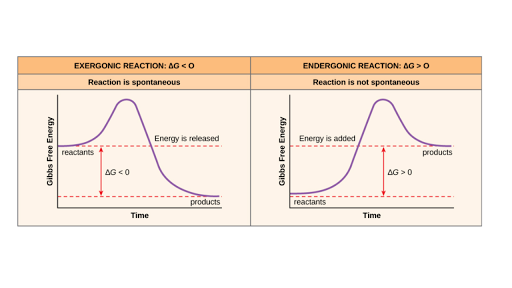
/ball-descending-chute-88997815-5a2ae583b39d030037dda9da-5c50ab8d46e0fb00014a2eaf.jpg)
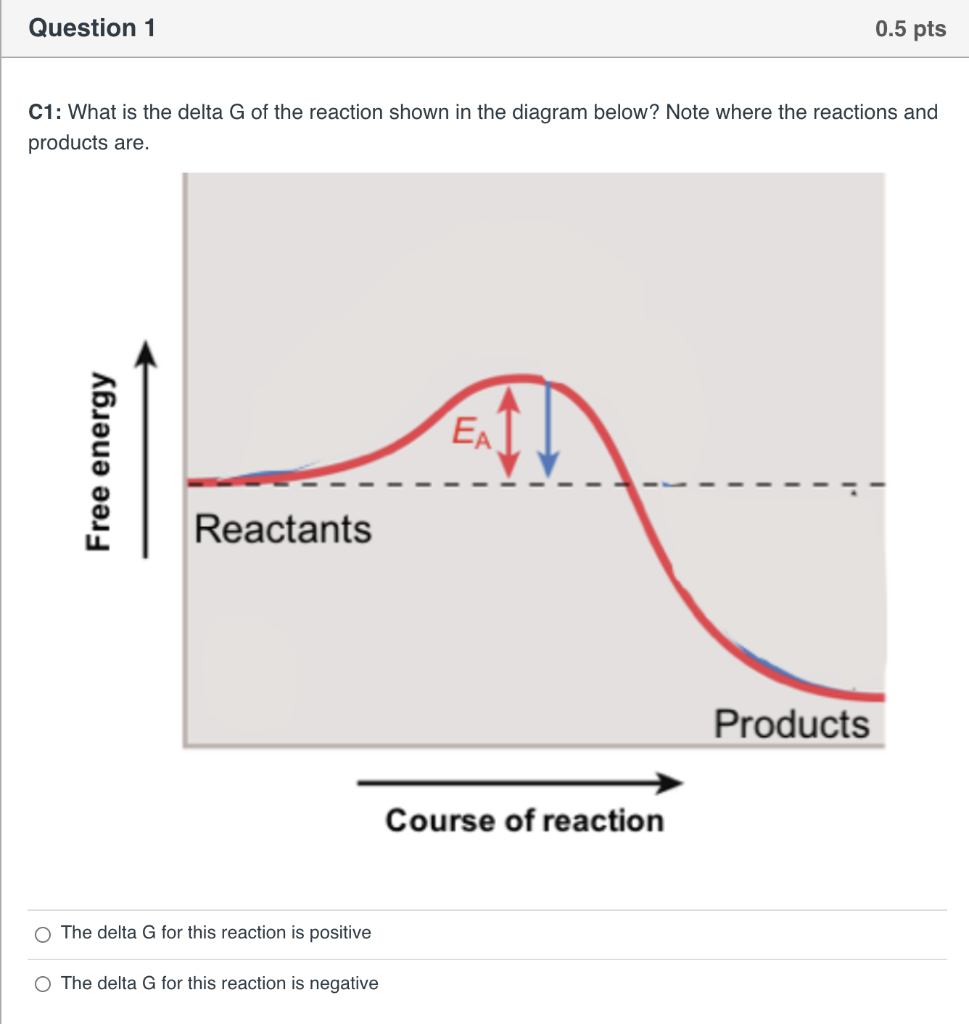
0 Response to "38 the diagram below represents a spontaneous reaction (δg"
Post a Comment